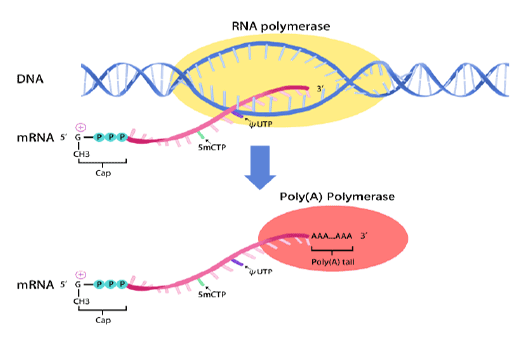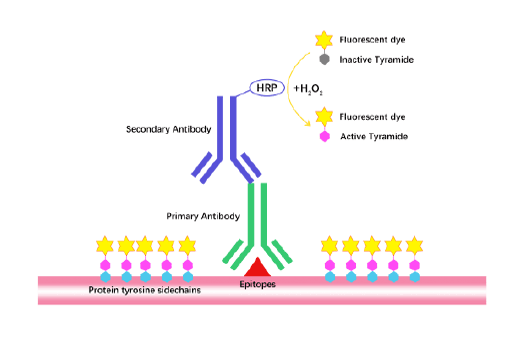Troxerutin
Troxerutin can also offer protection against DNA strand breaks and micronuclei formation induced by γ–radiation (GR), it enhances repair of DNA strand breaks induced by radiation. In lymphocytes, treatment with 1mM troxerutin significantly decreased the induction of micronuclei resulted from the exposure to 2 Gy γ-radiation by 41.26% [1].
GR can induce cellular damage and apoptosis. It can cause double-stranded and single-stranded breaks in the genomic DNA [2].
Under ex vivo condition of GR (2 Gy), DNA strand breaks were induced by the radiation. Treatment with troxerutin protected the human peripheral blood leucocytes from this GR effect. In the human lymphocytes, the micronuclei induction resulted from GR was significantly inhibited by troxerutin (1 mM) [1].
In mice, micronuclei formation in blood reticulocytes was significantly inhibited by the intraperitoneal administration of troxerutin (175 mg/kg) before and after whole body radiation exposure. 1 h prior to 4 Gy γ -radiation exposure, in bone marrow cells and blood leucocytes, the yield of DNA strand breaks was dose-dependently decreased by the administration of troxerutin at different doses (75, 125 and 175 mg/kg body weight). The dose-dependent protection was less pronounced in blood leucocytes than in bone marrow cells. In mice, 1 h prior or immediately after whole body irradiation, administration of troxerutin at 175 mg/kg body weight (i.p.) decrease the strand breaks depended on the post-irradiation interval [1].
References:
[1]. Maurya DK, Balakrishnan S, Salvi VP, et al. Protection of cellular DNA from gamma-radiation-induced damages and enhancement in DNA repair by troxerutin. Mol Cell Biochem, 2005, 280(1-2):57-68.
[2]. Chen YR, Meyer CF and Tan TH. Persistent Activation of c-Jun N-terminal Kinase 1 (JNK1) in γ Radiation-induced Apoptosis. J Biol Chem, 1996, 271(2): 631–634.
| Physical Appearance | A solid |
| Storage | Store at -20°C |
| M.Wt | 742.68 |
| Cas No. | 7085-55-4 |
| Formula | C33H42O19 |
| Solubility | ≥74.3 mg/mL in DMSO; insoluble in EtOH; ≥31.8 mg/mL in H2O |
| Chemical Name | 2-(3,4-bis(2-hydroxyethoxy)phenyl)-5-hydroxy-7-(2-hydroxyethoxy)-3-(((2S,3R,4S,5S,6R)-3,4,5-trihydroxy-6-((((2R,3R,4R,5R,6S)-3,4,5-trihydroxy-6-methyltetrahydro-2H-pyran-2-yl)oxy)methyl)tetrahydro-2H-pyran-2-yl)oxy)-4H-chromen-4-one |
| SDF | Download SDF |
| Canonical SMILES | O=C1C(O[C@H]2[C@@H]([C@H]([C@@H]([C@@H](CO[C@H]3[C@@H]([C@@H]([C@H]([C@H](C)O3)O)O)O)O2)O)O)O)=C(C4=CC=C(OCCO)C(OCCO)=C4)OC5=CC(OCCO)=CC(O)=C15 |
| Shipping Condition | Small Molecules with Blue Ice, Modified Nucleotides with Dry Ice. |
| General tips | We do not recommend long-term storage for the solution, please use it up soon. |
Quality Control & MSDS
- View current batch:
Chemical structure









